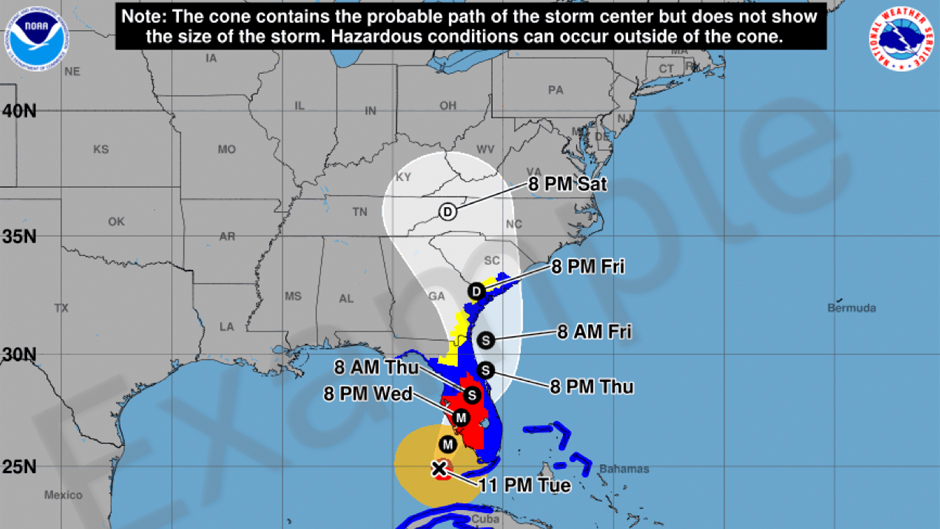Florida Wildlife Corridor Eases Worst Impacts of Climate Change
Florida Atlantic UniversityFlorida is projected to lose 3.5 million acres of land to development by 2070. A new study highlights how Florida can buffer itself against both climate change and population pressures by conserving the remaining 8 million acres of “opportunity areas” within the Florida Wildlife Corridor (FLWC), the only designated statewide corridor in the U.S.
















_RGB Blue20230706101098.jpg&width=400&height=400)
















